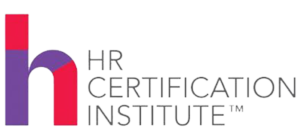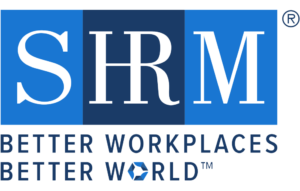8 Highlights of a Great Resume
We are a certified Continuing Education provider for



8 Highlights of a Great Resume
How You Know You’re Looking at a Stellar Resume?
Resumes are fun to read, aren’t they? But what makes a resume good? What makes a resume so good that you want to contact that person out of the sea of other resumes from eager and hopeful candidates?
Quantified Effort
Sure, you led a team and increased profits. But this other guy managed, trained, and coached a team of supervisors-in-training and increased quarterly profit margins from 25k to 45k in less than a year while also reducing costs by 30%. Pretty impressive, no?
Candidates who are able to quantify their efforts help paint a clearer picture of their actual on-the-job effectiveness. While it sounds great that candidates are able to increase profit and lead a team, it sounds even better when you can actually get an idea of how much and how well they did this.
It’s Original and Interesting
Lots of candidates write down their interests or objective in their resume. There’s nothing worse than reading how much someone wants to “contribute to the company’s overall success” or “utilize my skills to help your company.” ZZzzzzZZ.
Tell me about your pet kangaroo or how you’re the jalapeno popper eating champion in your hometown. Something original goes a lot further to describe your personality and what that might look like in the workplace than a generic description that sounds copy/pasted from a resume writing tutorial.
It’s In Reverse Chronological Order
The most important positions and projects should be listed first, as they’re the most relevant and pertinent to what a candidate has been up to recently. Resumes that list important positions starting from the earliest and ending with the most recent can be pretty confusing to follow, and that never makes a good first impression.
It Contains Pertinent Keywords
All recruiters know that a resume is only as good as its keywords. Important keywords are crucial to describing a specific role or set of tasks that candidates were/are responsible for in their previous or current position.
If you’re searching for an engineer candidate, chances are your results will be flooded with various resumes with that keyword. Using specific keywords, such as “audio engineer” and experience with “architectural acoustics” and “electroacoustics” that can be found more easily and weeded out from the rest is key to good resume content.
Company Description
It can be very helpful when a candidate provides a brief description of the company or type of company they’ve worked for. Unless it’s Coca-Cola or McDonald’s, many hiring managers have never heard of “So-and-So Incorporated” and if this candidate was the VP of development, it leaves many to wonder what exactly he/she and company developed. When your candidate provides a (brief) description of the company or industry they’re in, this can provide some context from which they are coming and help in deciding if this person is an experience or culture fit.
Bullet Points
Let’s face it. A resume should be a breakdown of the most important tasks a candidate has performed or accomplished within a job. No one wants to read a 5 paragraph essay! Bullet points should be brief, listing important keywords and quantified accomplishments within the position to be most effective and have the greatest impact on a hiring manager.
White Space
Similar to using bullet points, utilizing white space is more of a cosmetic preference, but does help the document flow. White space on a resume indicates that only the most important topics, bullet points, and positions are highlighted, and the information is to the point.
Resumes should not be entirely full of text or pictures and should not be difficult to read or follow. Resumes should flow smoothly and transition nicely between positions and responsibilities.
No Objective, but Maybe an Executive Summary
Including an objective in a resume is almost redundant. It is assumed that the objective is to sway the hiring manager enough through the viewing of the resume to contact the candidate and offer an interview and then the position to which said candidate has applied. Pretty obvious, right?
An executive summary on the other hand can be a brief paragraph that highlights select accomplishments and responsibilities throughout the resume in one succinct fashion. This allows the reader to decide right from the beginning if they’re interested in reviewing the rest of the document.
Resumes come in all shapes and sizes. You can be sure that you’re viewing a good resume when it contains enough important information (in bulleted form), with specific keywords and quantified accomplishments and still has some white space left on the page to ensure easy readability.
Book An Appointment
Schedule a Free Consultation to Turn your Hiring Process into a Top Talent Generating Machine
Talk With Us Now
Identify Top Candidates ASAP
(833) 332-8378
